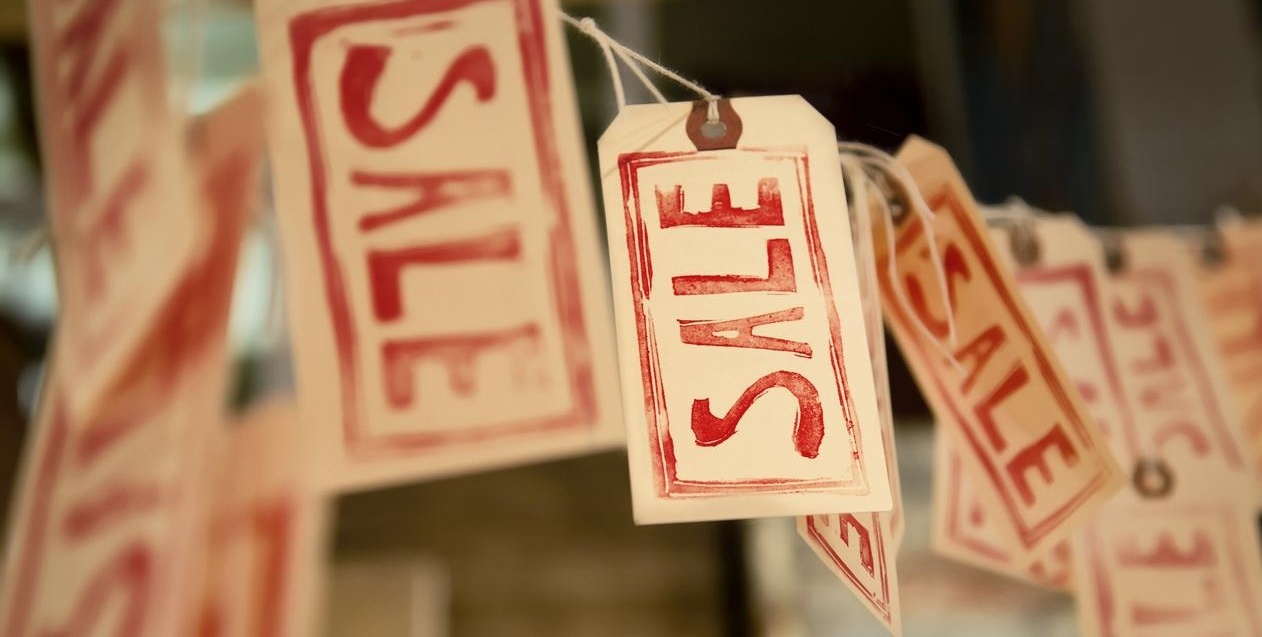
How to Sell Slow Moving Inventory and Unsold Merchandise
“Slow moving inventory” might be every retailer’s least favorite phrase. Most retail stores have been faced with unsold merchandise at one point or another. Many retailers perform their due diligence with market research and sales forecasts, but still end up with unsold inventory. Over the years we've gained a fair amount of knowledge from our religious retail partners. Today, we'll shine the light on how to sell slow moving inventory.
With religious products, many retailers purchase too many products around the holiday season. Your store's excess product can cause a slow down in cash flow, a lack of prime shelf space, and result in the lost opportunity cost of showcasing more popular items. Online retailers have the same issues, which can lead to a storage room filled to the brim with unsold merchandise.
Common Reasons for Excess Inventory
No retailer has a crystal ball to guide them through the purchasing process, but there are some steps you can take to prevent excess inventory in the future. As a store owner, be sure to control excess inventory to prevent paying for merchandise which is simply taking up valuable space.
Before we jump into our helpful strategies section, let's take a moment to understand two common reasons why retailers are faced with excess inventory:
- The Bullwhip Effect. This can occur when retailers ramp up spending for important holidays such as Christmas, Easter, and First Communion. Since it’s impossible to know exactly what will sell, more often than not you’ll be left with excess inventory. Many retailers analyze past years’ sales during busy seasons and base their purchases on those numbers. Work to determine how much supply you need to meet the demands without creating an excess inventory.
- Batched Merchandise Displays. As the retailer, you must actively communicate with suppliers to ensure your merchandise displays match your store’s needs. Every store has its niche, so if you feel that a supplier is adding unpopular merchandise to your shelves, make them aware. Ask the supplier if he or she would be willing to customize display assortments and exchange unsold merchandise. Many suppliers are happy to work with retailers to meet their needs.

Three Strategies to Sell Slow Moving Inventory
Regardless of the reason for your excess merchandise, here are some helpful techniques for selling slow-moving inventory.
- Markdowns. Major retailers will cut pricing by 70% to move excess goods. This is an easy step that only requires colorful and eye-catching signage. Merchants are often hesitant of markdowns, believing it’s a loss. However, it’s better to move that old product out of your store so you can free up the space for new exciting inventory. Plus, your customers will love you for giving them such a great discount!
- Batching. The two-for-one special. If a product won’t sell at the original MSRP, you need a new way to incentivize your customers. Bundling top selling products with slow-moving products can be an effective method for moving inventory. Another batching method is to offer a buy one get one free offer, such as a free bracelet with the purchase of a rosary.
- Relocation. See your store through the eyes of your customer. Make note of where customers are first drawn to as he or she enters the store. Sometimes selling a slow-moving product only requires finding a new home for it. Place the product in the most popular section of the store to draw attention. If you’re an online retailer, review your site analytics to place the slow-selling products on more popular pages.

Analyze Supply and Demand
It’s challenging to predict the performance of a product (especially a new product). Analyze historical sales to determine best sellers and make large investments in those products. Bringing new merchandise into your store can be risky, so begin with small orders to understand how well the products are received. The key to avoiding excess is to order small and find suppliers that willing to work with the needs of your particular store.

